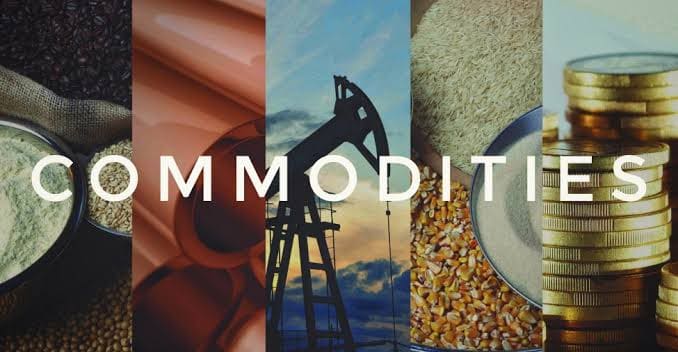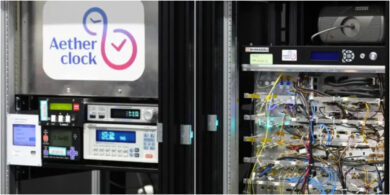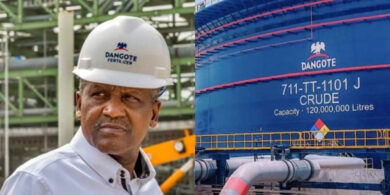Key Terms Every Trader Should Know: Commodities Trading Glossary

Commodities trading can be a rollercoaster ride, filled with excitement and potential for big returns. But, like any good adventure, it helps to know the language.
If you’re just dipping your toes into commodities trading, or even if you’ve been at it for a while, understanding the key terms can make a huge difference.
Let’s dive into some essential terms that every trader should know, ensuring you’re not lost in translation when talking shop.
Explore more about investing at https://bitcoin-buyer.app , where you can connect with educational firms and get started with learning. Register now and get started!
Understanding Futures Contracts, Spot Prices, Hedging, and Margin in Commodities Trading
First up, let’s talk about “futures contracts.” These are agreements to buy or sell a commodity at a future date for a price set today.
For example, if you think the price of oil will rise in six months, you can lock in a purchase price now and potentially profit if your prediction is correct.
Futures contracts are standardized, meaning they have set terms like quantity and delivery date, which makes them easy to trade on exchanges.
Then there’s “spot price.” This is the current price at which a commodity can be bought or sold for immediate delivery.
Think of it as the price you’d pay if you wanted to buy a barrel of oil right now. Spot prices are influenced by supply and demand, geopolitical events, and even weather patterns.
They are the pulse of the commodities market, giving traders a snapshot of current conditions.
Another key term is “hedging.” This is a strategy used to reduce risk.
For instance, a farmer might sell futures contracts on their crop to lock in a price and protect against the possibility of prices falling at harvest time.
Hedging isn’t about making a profit; it’s about managing potential losses. It’s a bit like buying insurance for your investments.
While it can limit your gains, it can also shield you from significant losses.
“Margin” is another important concept. This is the money you need to deposit to open a futures position. Think of it as a security deposit.
If the market moves against you, the margin covers potential losses. But beware, trading on margin can amplify both gains and losses. It’s a double-edged sword that requires careful handling.
Always know the margin requirements before diving in, and be prepared for margin calls if your position goes south.
Key Concepts in Commodities Trading: Contango, Backwardation, and Open Interest
Let’s not forget “contango” and “backwardation.” These terms describe the shape of the futures curve. Contango occurs when future prices are higher than the spot price.
This might happen if traders expect the commodity to be more expensive in the future.
Backwardation is the opposite, where future prices are lower than the spot price.
This can occur if there’s a high demand for immediate delivery. These terms are crucial for understanding market expectations and planning your trades.
“Open interest” is another term that traders should know. This refers to the total number of outstanding futures contracts that have not been settled. It’s a measure of market activity and liquidity.
High open interest indicates a lot of interest and activity in a particular contract, which can mean more opportunities for trading.
Monitoring open interest can help you gauge the market’s health and potential for future movements.
Essential Trading Metrics: Volume, Arbitrage, and Carry Cost
“Volume” is equally important. This is the number of contracts traded during a given period.
High volume indicates strong interest and can be a sign of a healthy, active market.
Low volume, on the other hand, might suggest a lack of interest or potential liquidity issues. Keeping an eye on volume helps you understand how many others are participating in the market and can provide clues about future price movements.
One more term to understand is “arbitrage.” This is the practice of taking advantage of price differences in different markets.
For example, if gold is cheaper on one exchange than another, a trader might buy low on one exchange and sell high on another.
Arbitrage helps keep prices in check across markets, but it requires quick action and a keen eye for detail.
Finally, let’s touch on “carry cost.” This includes all the costs associated with holding a commodity over time. For physical commodities, this can mean storage and insurance.
For the futures, it can mean financing costs. Understanding carry costs is essential for calculating the true cost of your trades and ensuring they’re profitable.
Conclusion
So, what does all this mean for you as a trader? Well, knowing these terms can help you make informed decisions, spot opportunities, and avoid pitfalls.
It’s like having a map and compass in the wilderness – you’re better equipped to find your way and reach your destination. But remember, while knowledge is power, it’s also wise to seek advice from financial experts.
They can provide insights and guidance tailored to your specific situation.








